Physics

Educators and Parents, Sign Up for The Cheat Sheet
Weekly updates to help you use Science News Explores in the learning environment
Thank you for signing up!
There was a problem signing you up.
-
 Physics
PhysicsSoggy cereal gives clues to how rock dams collapse
To find out how ice sheets move and rock dams collapse, two researchers turned the attention to breakfast cereal.
-
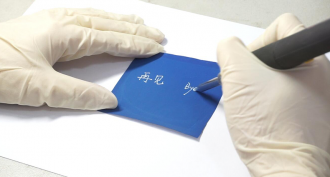 Chemistry
ChemistryThis rewritable paper depends on disappearing ink
Scientists have made a new rewritable paper that can hold text and images for at least six months. It also can be reused more than 100 times.
-
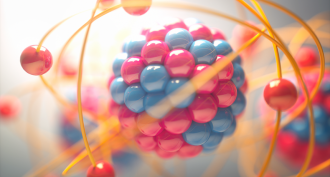 Physics
PhysicsMuch of a proton’s mass comes from the energy of the particles inside it
Thanks, Einstein! Your famous E=mc2 formula now explains much of a proton’s ‘mass.’ Its building-block quarks make up just a small part of its left, calculations now show.
-
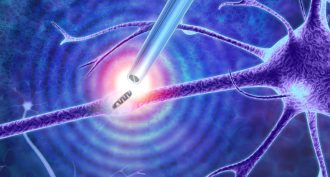 Tech
TechElectro-tweezers let scientists safely probe cells
These nanotweezers can sample the innards of cells without killing them. They use an electric field to net materials for study. And they are gentle enough to repeatedly probe the same cell.
-
 Animals
AnimalsHow wombats make their unique cube-shaped poop
The elasticity of the wombat’s intestines helps the creature to shape its distinctive scat.
-
 Animals
AnimalsHow do elephants eat cereal? With a pinch
Elephant trunks can grab everything from whole trees to cereal bits. To pick up fine grains, they press, then pinch.
-
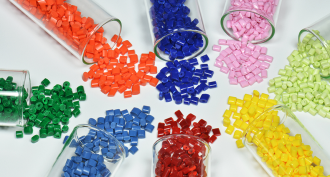 Materials Science
Materials ScienceSome plastics learn to repair themselves
A new material can fix its own scratches and small cracks. One day, it also may make self-healing paints and plastics possible.
-
 Physics
PhysicsHarry Potter can apparate. Can you?
In the world of Harry Potter, wizards apparate and disapparate with ease. How would that work in the non-magical world? Physics has some answers.
-
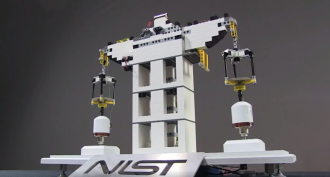 Physics
PhysicsScientists vote to fix the world’s weight-loss problem
Scientists will soon vote to change the definition of the kilogram. The event shows how much we depend on a tiny metal cylinder locked in an underground vault in France.
-
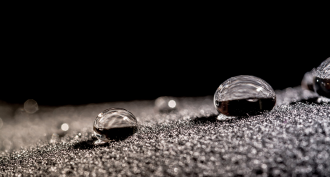 Tech
TechSuper-water-repellent surfaces can generate energy
Scientists knew they could get power by running salt water over an electrically charged surface. But making that surface super-water-repellent boosts that energy production, new data show.
By Ilima Loomis -
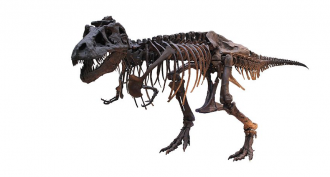 Fossils
FossilsT. rex pulverized bones with an incredible amount of force
Tyrannosaurus rex’s powerful bite and remarkably strong teeth helped the dinosaur crush bones.
-
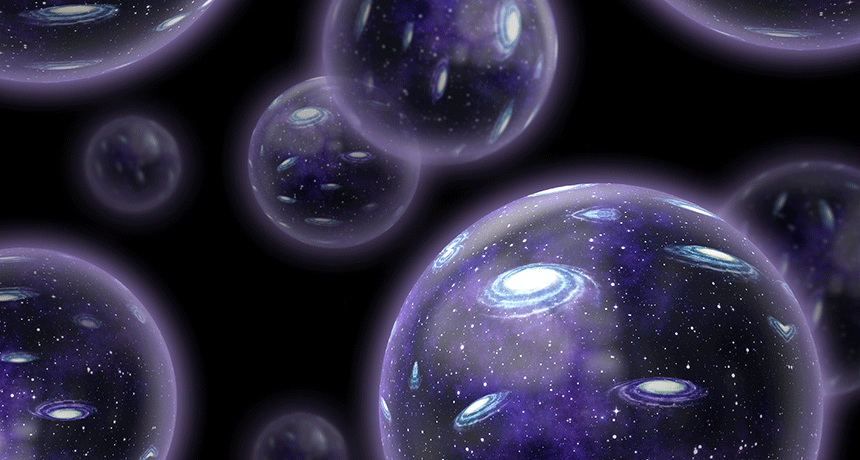 Space
SpaceScientists Say: Multiverse
The multiverse is an idea that there are many universes out there, including the one we live in. Each universe has an alternate reality.